Mooring and unmooring the yacht is one of the most difficult maneuvers, especially for inexperienced yachtsmen. Mistakes while docking or leaving the berth can result in heavy damage to the boat. The integrity of the boat can be threatened not only by errors in maneuvers. Mooring or berthing in close proximity to other yachts can even result in damage to someone else's boat – not a good look for you at all!
By now, any beginner in yachting knows that a large number of different fenders are produced to protect the sides, bow and stern of boats. But now we will not talk about the material, shape or place of their placement, but rather about the yacht fender sizes, as this is the most important characteristic of safety fenders, regardless of other features.
No official boat fender size guide exists, and even more so, the parameters of shock absorbers are not regulated by any provision of the maritime regulations. Traditionally recommended marine fender sizes come from long-term experience of boatsmen, which has been developed and adjusted in practice in various mooring and parking conditions.
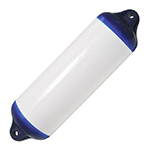 Cylindrical Fenders
Cylindrical Fenders 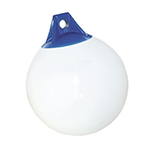 Round Fender
Round Fender 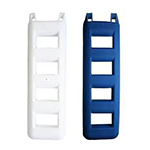 Ladder & Steps Fenders
Ladder & Steps Fenders 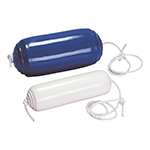 Thru-hole Fenders
Thru-hole Fenders 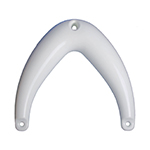 Bow & Stern Fenders
Bow & Stern Fenders 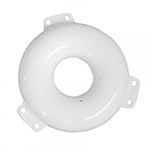 Ring Fenders
Ring Fenders 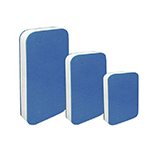 Cushion and Flat Fenders
Cushion and Flat Fenders 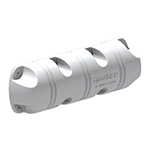 Dock Fenders & Accessories
Dock Fenders & Accessories 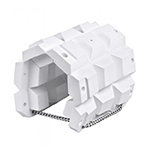 Pile Fenders
Pile Fenders To put briefly, figuring out the desirable fender size can be done in three steps. Two of them are based on the size of the length of the yacht, and the third is based on the height of her freeboard.
- The fenders should be distributed along the side of the vessel at a distance of 250 cm from each other, but there should be at least three fenders on each side.
- To determine the diameter of the fender, it should be assumed that 2.5 cm of this diameter should fall on every 1.2 m of the yacht's length. For example, for a boat 15 meters long, we get the following numbers: 15:1.2x2.5=31.25 – so, fenders with a diameter of 32 cm are required. It is better to round the resulting number up.
- Fenders should cover 2/3 of the side protruding above the water. This will be the minimum length of fenders required. If you want to pick something longer than that, remember that your fenders can reach the water surface, but must not float on it.
The following is a boat fender size chart, the data in which is based on most important yacht parameters.
| Fenders Size (S) / Diameter (D) |
Yacht Length | |||||||
|---|---|---|---|---|---|---|---|---|
| < 5m | 6m | 8m | 10m | 12m | 14m | 16m | 18m | |
| Cylindrical Fenders, D | 100mm | 125mm | 150mm | 200mm | 250mm | 300mm | 350mm | 400mm |
| Round Fenders, D | 200mm | 250mm | 300mm | 400mm | 500mm | 600mm | 700mm | 800mm |
| Majoni Star, S | Star 1 | Star 1 | Star 2 | Star 3 | Star 4 | Star 5 | - | - |
| Majoni Buoy, S | RB1 | RB1 | RB1 | RB2 | RB3 | - | - | |
| Polyform A Series, S | A1 | A1 | A2 | A3 | A4 | A5 | A6 | |
| Polyform F Series, S | F01L | F1/F02 | F2/F3 | F3/F4 | F4 | F5 | F5/F6 | F7/F8 |
Fenders should be hung out immediately before mooring, entering a port or marina. It is undesirable to fasten them to the mooring cleats so as not to get confused with the ends. It is better to equip special hooks for this, and on a large vessel - baskets.
Fenders can be attached in the horizontal and vertical direction, by one or two eyes, depending on the design. Round shock absorbers will perfectly protect the stern or bow of the boat if placed on both sides of the stem.
Immediately after leaving the port or unberthing, according to the unwritten rule of sailors, the fenders should be put away to the appropriate storage places - baskets or lockers. If the fenders are stored in a deflated state, it is necessary to accurately calculate the time until your next arrival at the marina in order to be able to inflate them and hang them from the sides, stern and bow at the right moment.








